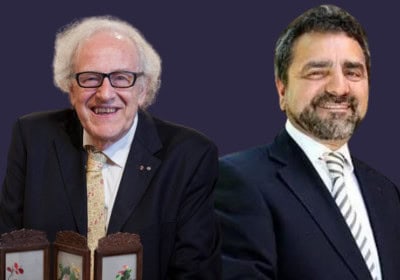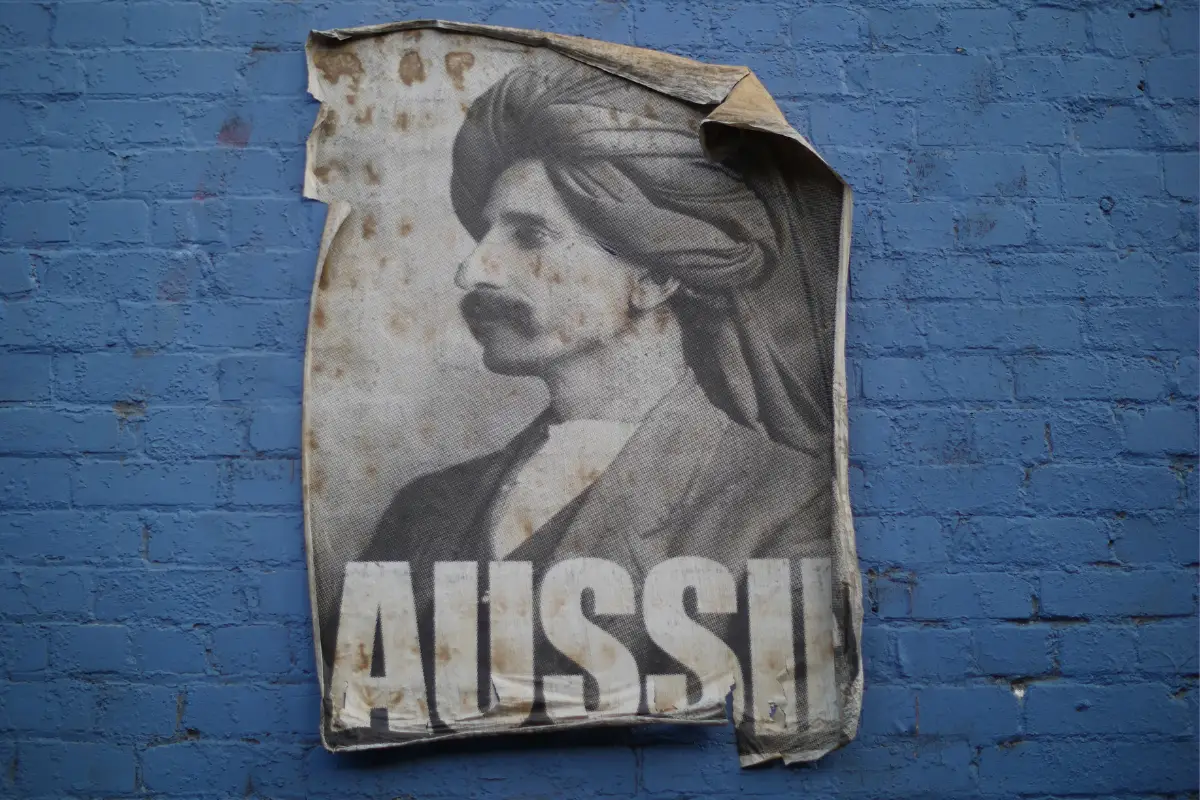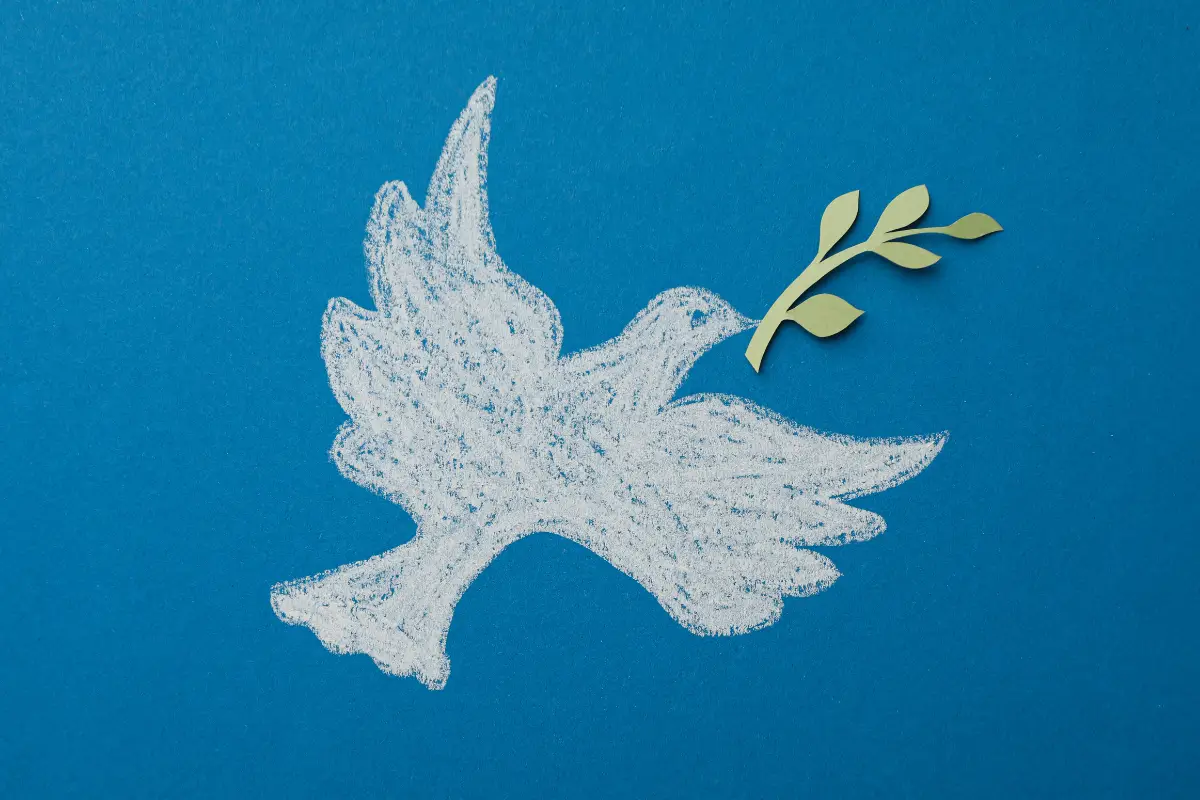
A pioneering historian puts Australian research on the map
Ancient Rome reached its height two millennia ago, yet it continues to influence Western civilisation, and to be a source of fascination for people the world over.
Pioneering work on the ancient Roman family by an Australian historian, Beryl Rawson, transformed our understanding of this period. It also put Australian research on the map, creating a flourishing new field of inquiry that went far beyond the more customary focus on Roman emperors, philosophers and other powerful men.
In throwing light on a previously neglected dimension of life in the early Roman Empire, Rawson’s work over more than three decades demonstrated intriguing similarities between families in ancient and contemporary times.
Understanding ancient Roman families
In Roman times, just as today, there was no single concept of “family”. While the “nuclear family” was central, divorce was common, as was remarriage, resulting in blended families. If a parent died, a child was sometimes fostered by extended family. Domestic help (from slaves, in the Romans’ case) was a boon for the wealthy.
One major difference between Roman society and modern Western society was the former’s high child mortality rate. Some earlier scholars argued that because the death of children was relatively commonplace, their loss was not so devastating. The French social historian Philippe Ariès maintained that childhood was a modern concept and children were not especially cherished in earlier societies.
In her celebrated monograph, Children and Childhood in Ancient Rome (2003), Rawson convincingly demonstrated that Roman children were “welcome and valued and visible”.
In teeming, cosmopolitan Rome, the doors of family homes were wreathed in laurels when a new baby arrived. There were children’s games and stories. Importance was laid on education, and attention paid to child development. Children’s images featured on imperial coins and public monuments, such as the Column of Marcus Aurelius.
Rawson’s ground-breaking research and analysis of the numerous, ornate children’s memorials make clear that they were deeply mourned.
The marble reliefs on their tombs portray touching scenes: a baby’s first bath, a toddler learning to walk, a child playing with a pet goose, a baby being breastfed, an infant held in his father’s arms, a boy reciting his lesson, scroll in hand.
The way children’s deaths were commemorated has “no parallels … in earlier or later societies before the twentieth century”, according to Rawson.
Rather than confine herself to traditional literary sources, Rawson investigated paintings and sculptures, architecture and artefacts, and monuments and memorials. She was an “early-adopter”, using computer technology from the late 1970s to store and systematically analyse the mass of funerary inscriptions for Romans from all social classes, including slaves and freedmen.
She also organised three international conferences on the Roman family, held in Canberra in the 1980s and 1990s, which brought the ancient world to Australian shores. The scholarly contributions, including her own, were published in three well-received books which significantly advanced knowledge of the era.
Inspiring a new generation
The family, in its many, various and shifting forms, is a fundamental element of all societies, including that of twenty-first century Australia, and provokes ongoing debate about issues such as falling birth rates, parenting and changing attitudes to marriage.
The work of Rawson and other Australian scholars – such as Suzanne Dixon, whose books include The Roman Mother (1987) and The Roman Family (1992), Paul Weaver (co-editor with Rawson of The Roman Family in Italy, 1999), Janette McWilliam (“The Socialization of Roman Children” in The Oxford Handbook of Childhood and Education in the Classical World, edited by Judith Evans Grubbs, Tim Parkin and Roslynne Bell, 2013) and archaeologist Penelope Allison (Pompeian Households, 2004) – has revealed that the same was true of the ancient Roman world.
Before her death in 2010, Rawson was the leading international scholar in the field. She inspired a generation of historians and classicists, both in Australia and around the world. The field remains a productive one, delivering plenty of food for thought for contemporary debates about family life and relationships.



